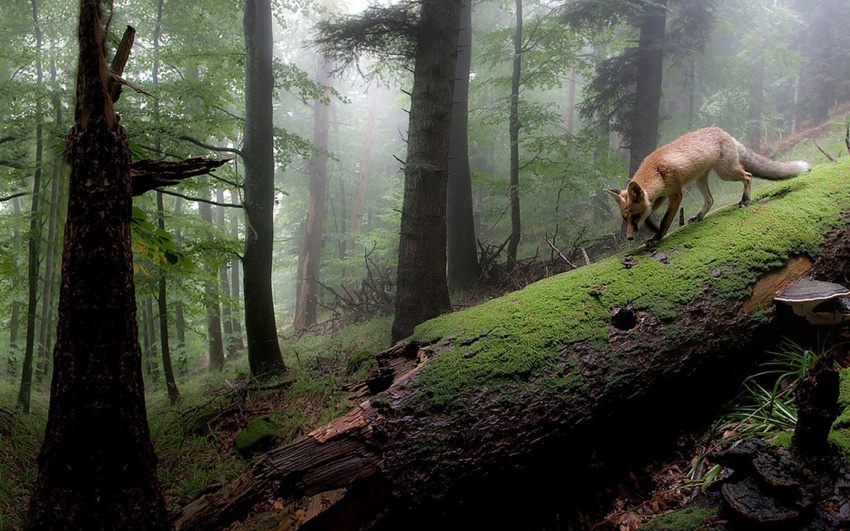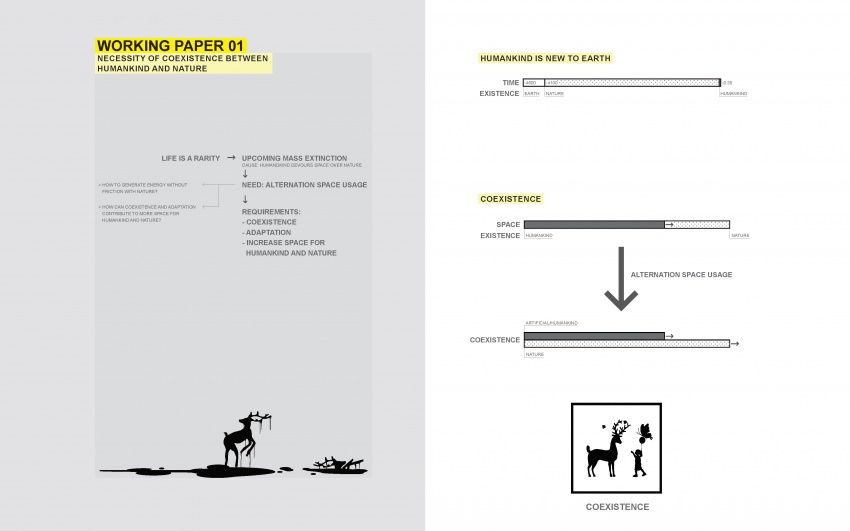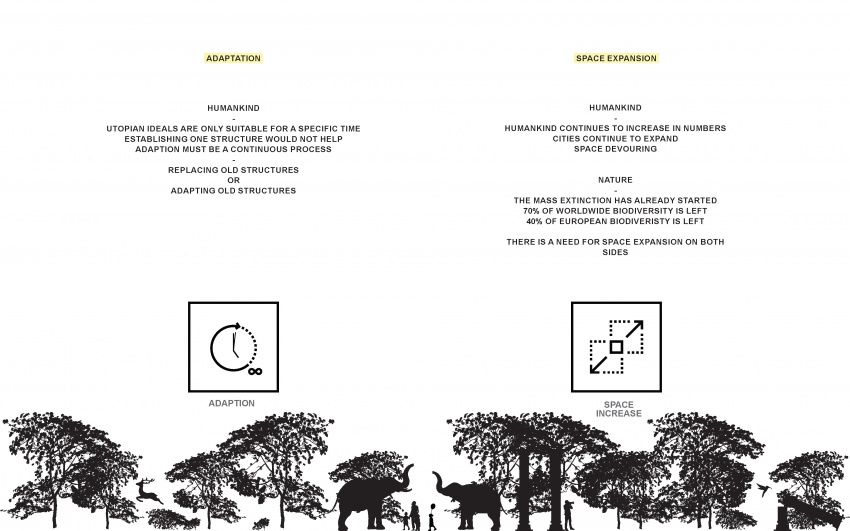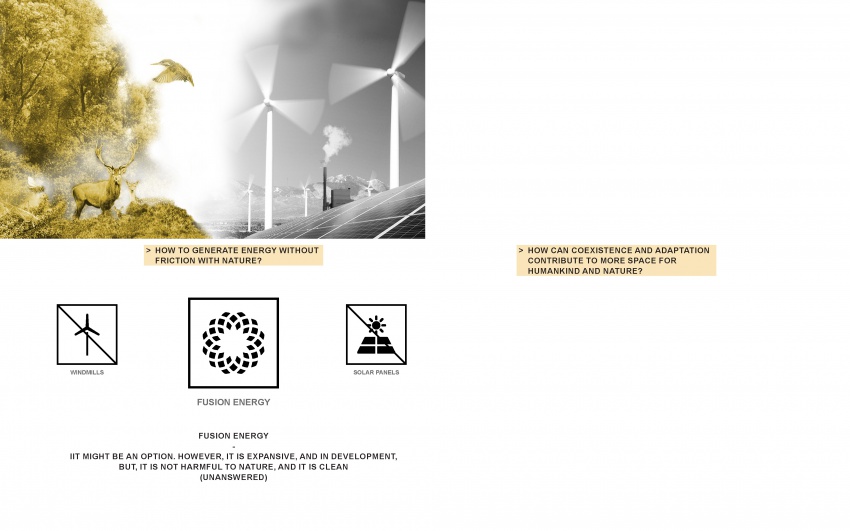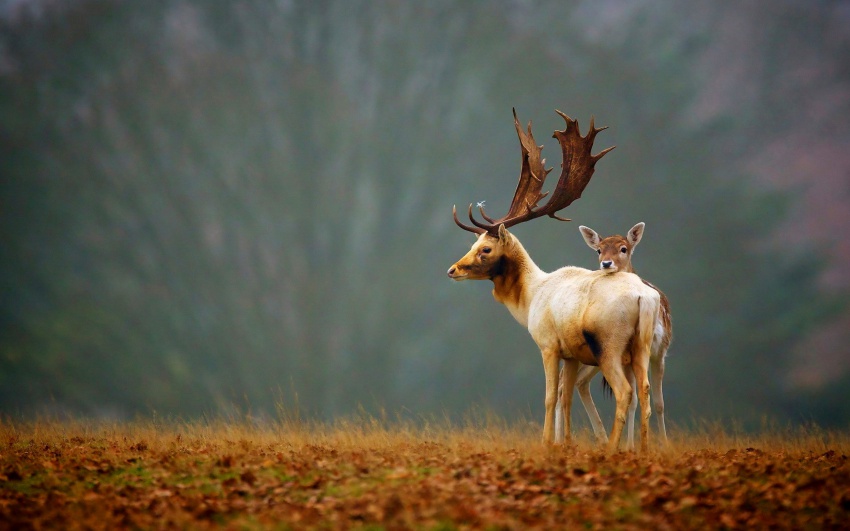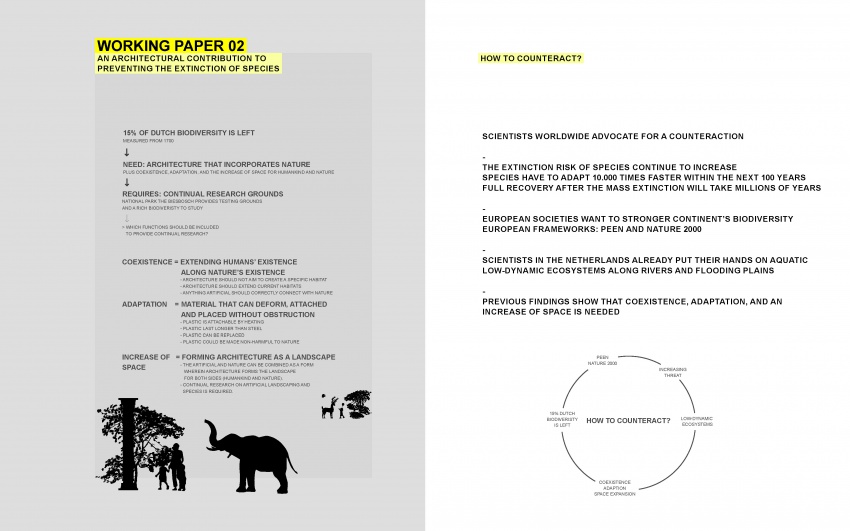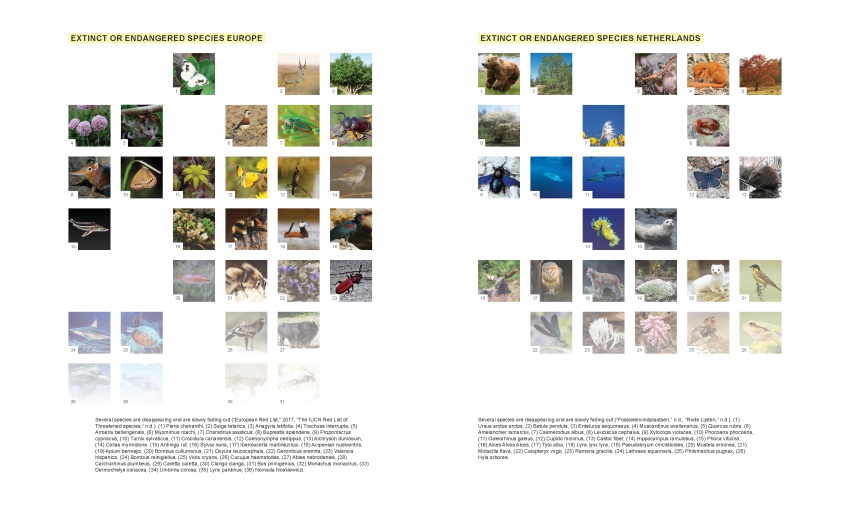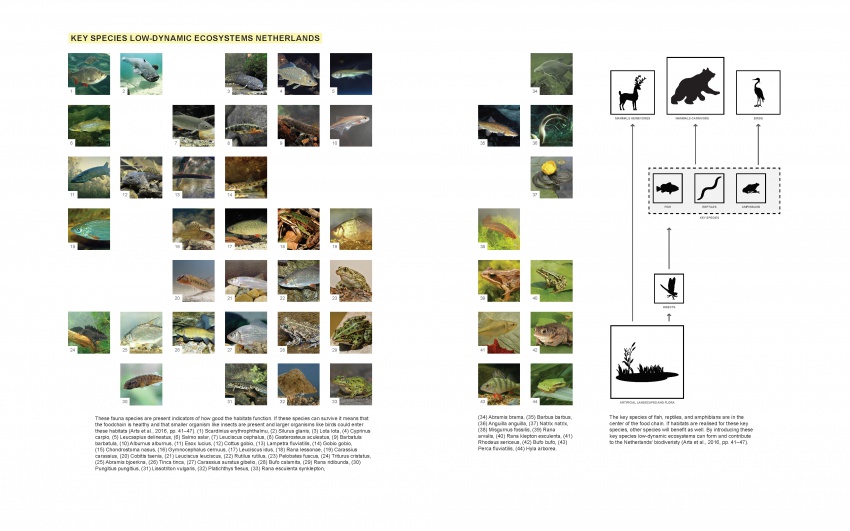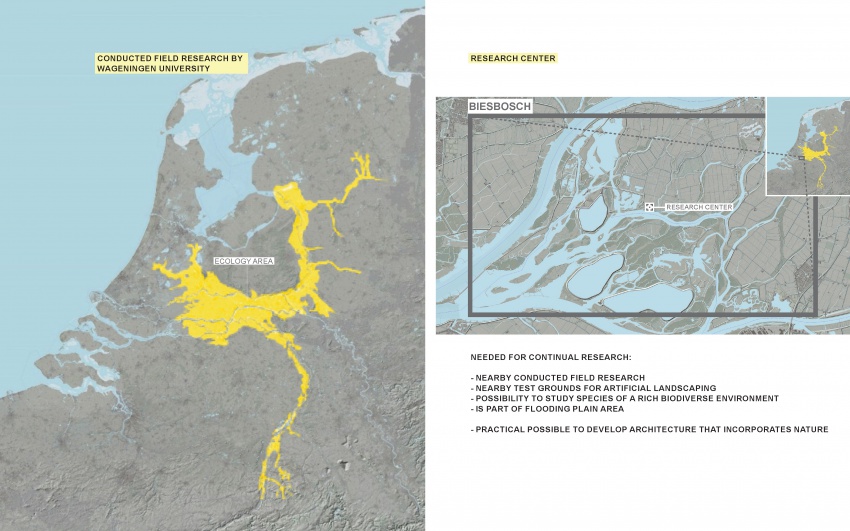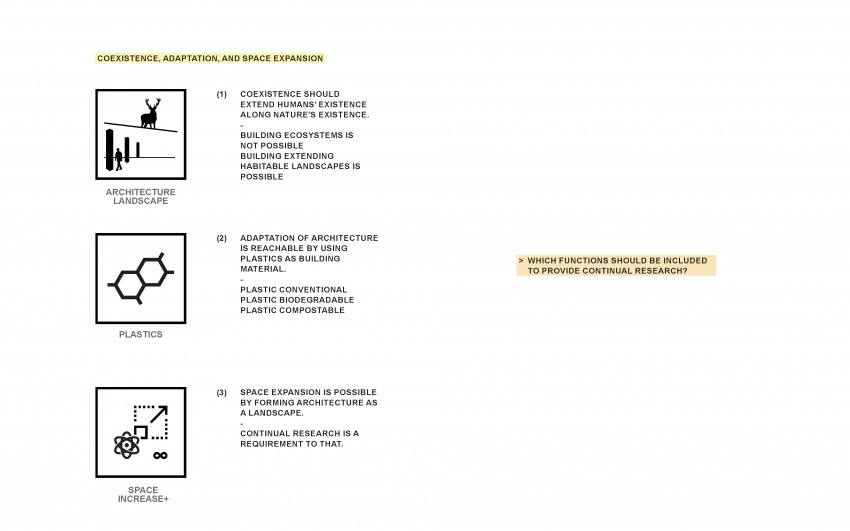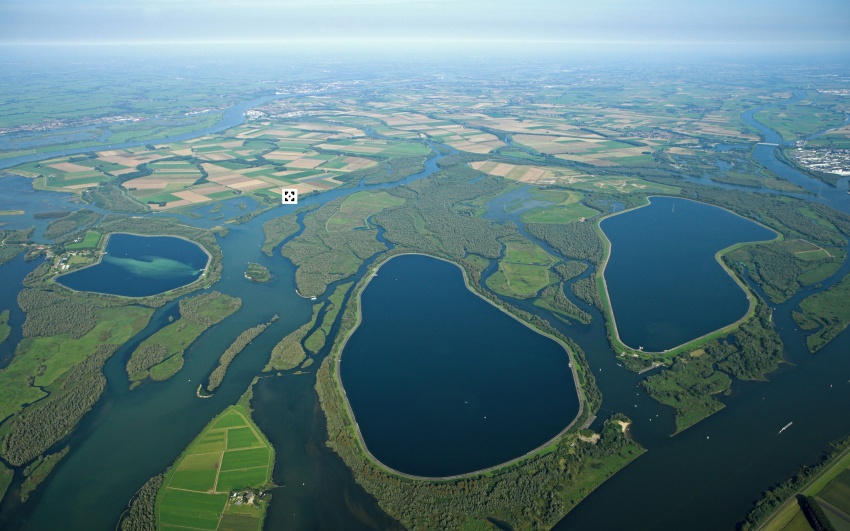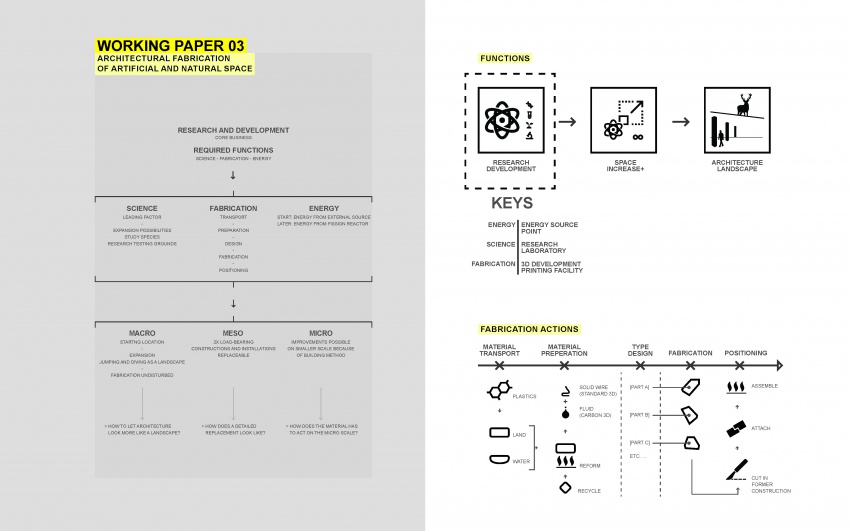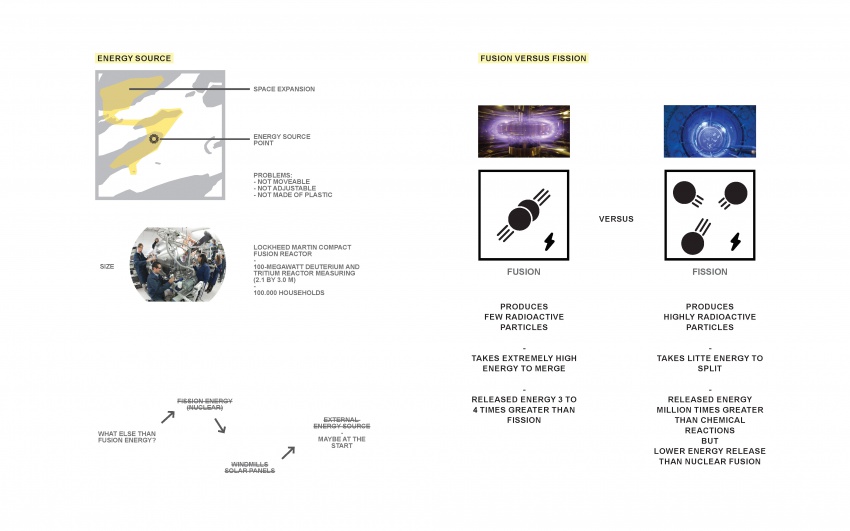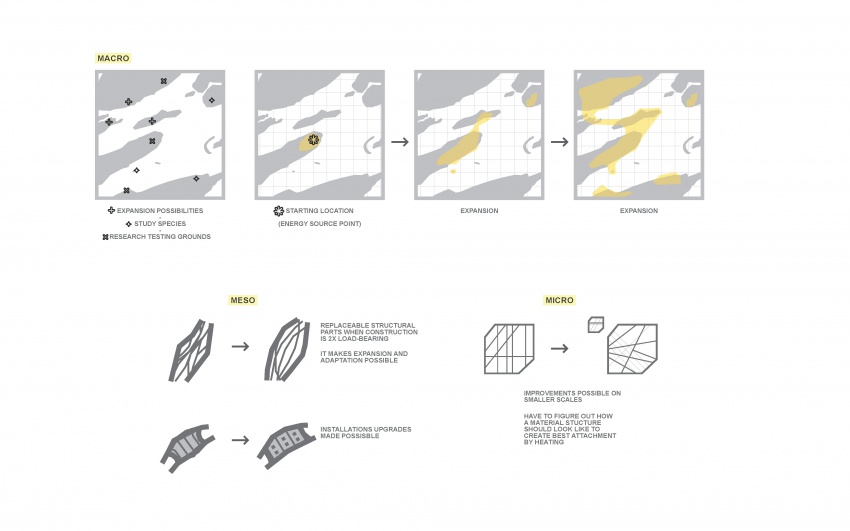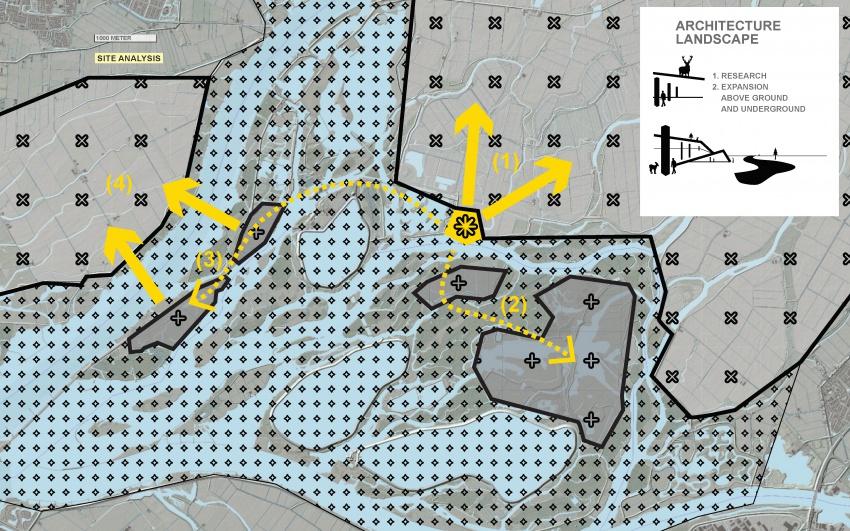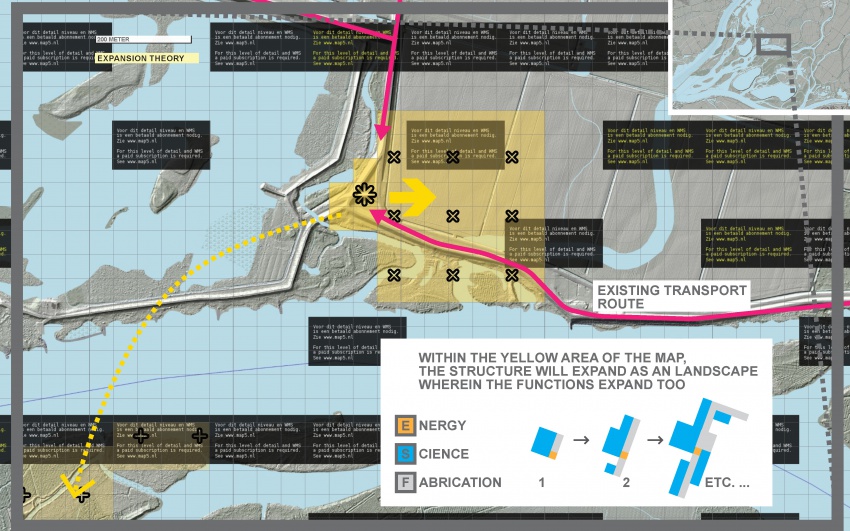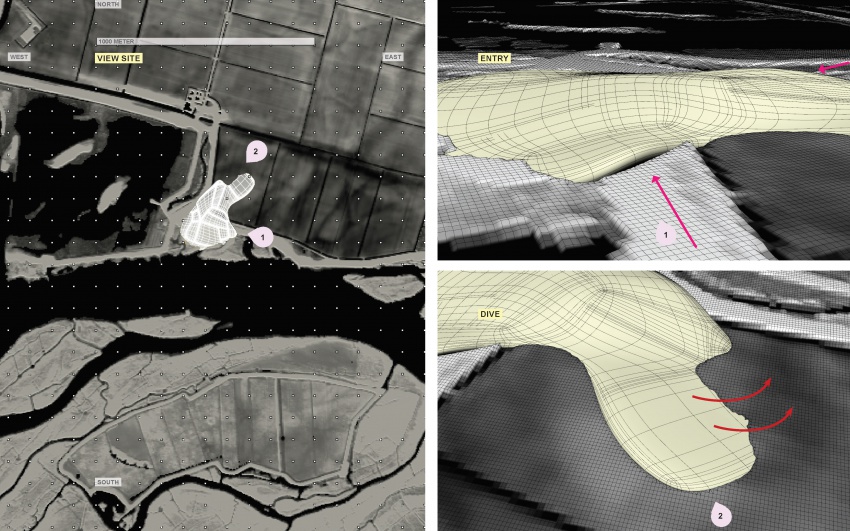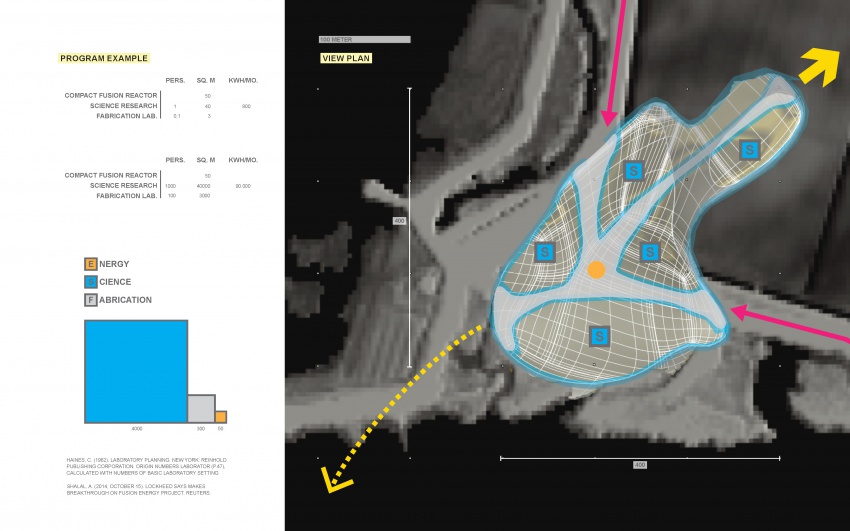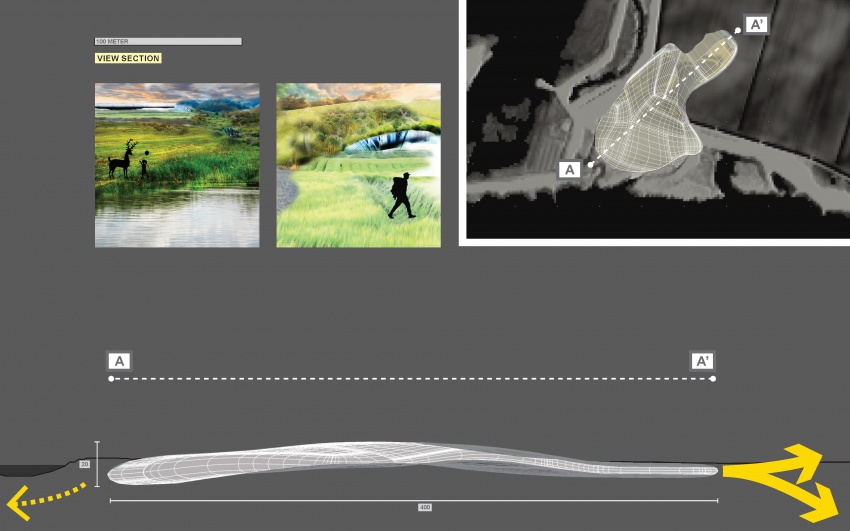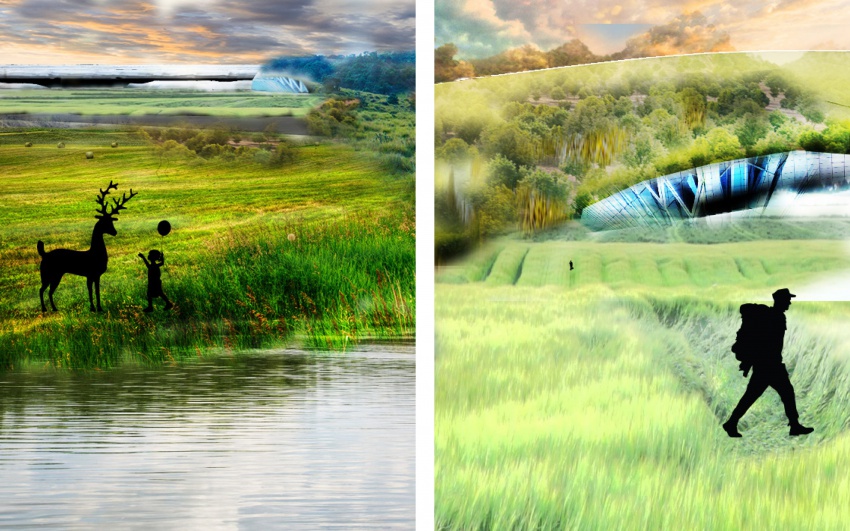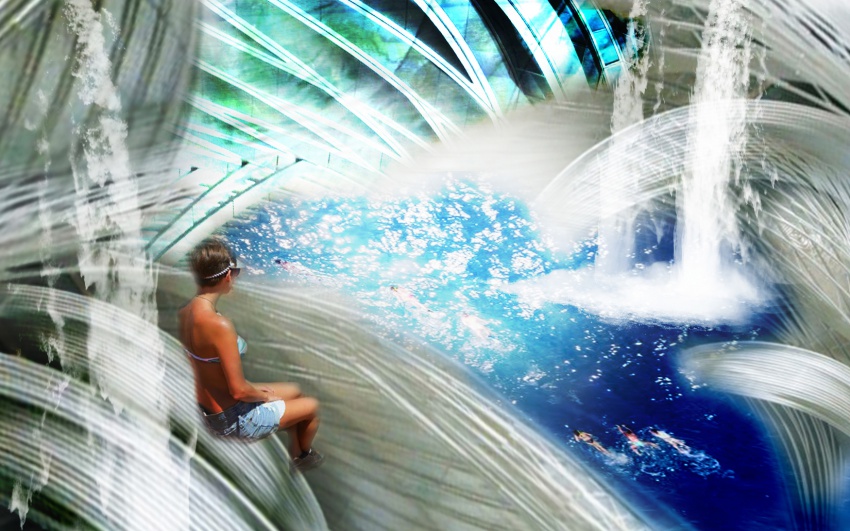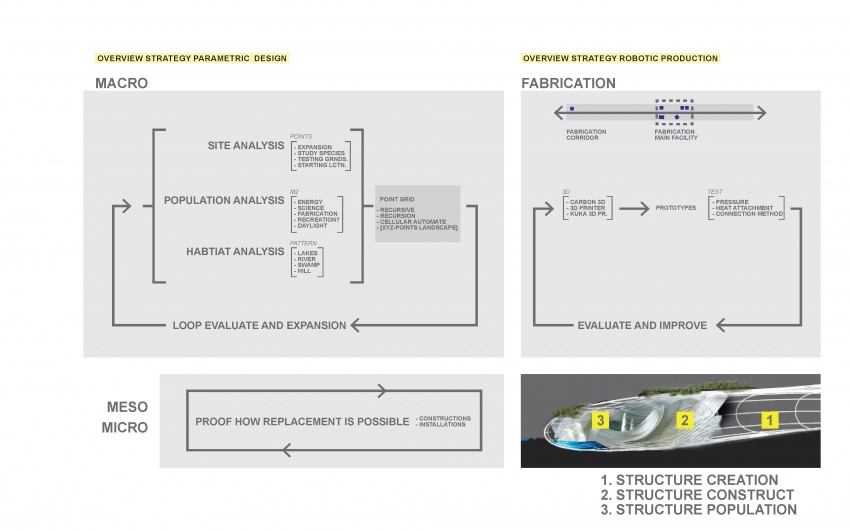Difference between revisions of "project03:P2"
(→Floris van Buren) |
(→Floris van Buren) |
||
| Line 17: | Line 17: | ||
</div> | </div> | ||
| − | In current times humankind devours more and more space. Its population continues to grow, and so do their cities. This form of human thinking of continual growth is not sustainable. Scientists say that in short time a catastrophe will occur, something that will hit everyone on the globe: the Anthropocene Mass Extinction. | + | In current times humankind devours more and more space. Its population continues to grow, and so do their cities. This form of human thinking of continual growth is not sustainable. Scientists say that in short time a catastrophe will occur, something that will hit everyone on the globe: the Anthropocene Mass Extinction. Within hundred years species have to adapt ten thousand times faster than average. If true, many species will become extinct, and many people who depend on nature's services such as natural soil formation and fresh water for agriculture will have difficulty to survive. |
| − | Within hundred years species have to adapt ten thousand times faster than average. If true, many species will become extinct, and many people who depend on nature's services such as natural soil formation and fresh water for agriculture will have difficulty to survive. | + | |
| − | Today's human thinking has to alter a different direction. With increasing human populations and no stop, there must come a new kind of architecture that incorporates nature which let nature's space increase instead of decrease. | + | Today's human thinking has to alter a different direction. With increasing human populations and no stop, there must come a new kind of architecture that incorporates nature which let nature's space increase instead of decrease. Green roofs or parks are not enough when it is on the scale of cities. A significant structure is needed which forms a landscape by itself, and whereon nature can live beside humankind: coexistence. |
| − | + | Other scientists came up with two frameworks: PEEN and Nature 2000. These frames aim for an enlargement of habitats to stronger biodiversity and providing a better coexistence. | |
| − | + | In the Netherlands, measured from 1700, only 15% of its original biodiversity is left. It suggests that a mini mass extinction already occurred in the world. ('Mini,' because the state is small, approx. 41.5km2.) This percentage compared to other scales, Europe holds only 40% of its original biodiversity, and globally there is 70% left. It might be that the mass extinction already started, so comply some scientists. Other researchers say that the extinction risk continues to increase too. So, there is all reason to put effort into preventing more species from becoming extinct. | |
| − | Dutch ecology scientists advocate for | + | Dutch ecology scientists advocate for the recovery of aquatic low-dynamic ecosystems in order to restore some of the past biodiversity. The opportunities stretch along a wide range of rivers and flooding plains across the Netherlands. This case fits precisely the ideas of the frameworks and the suggested development to create a large-scale kind of architecture. The context is favorable, and, therefore, will be used as case study. |
| − | + | ||
Sources are cited in working papers. | Sources are cited in working papers. | ||
Revision as of 09:55, 16 January 2018
Floris van Buren
In current times humankind devours more and more space. Its population continues to grow, and so do their cities. This form of human thinking of continual growth is not sustainable. Scientists say that in short time a catastrophe will occur, something that will hit everyone on the globe: the Anthropocene Mass Extinction. Within hundred years species have to adapt ten thousand times faster than average. If true, many species will become extinct, and many people who depend on nature's services such as natural soil formation and fresh water for agriculture will have difficulty to survive.
Today's human thinking has to alter a different direction. With increasing human populations and no stop, there must come a new kind of architecture that incorporates nature which let nature's space increase instead of decrease. Green roofs or parks are not enough when it is on the scale of cities. A significant structure is needed which forms a landscape by itself, and whereon nature can live beside humankind: coexistence.
Other scientists came up with two frameworks: PEEN and Nature 2000. These frames aim for an enlargement of habitats to stronger biodiversity and providing a better coexistence. In the Netherlands, measured from 1700, only 15% of its original biodiversity is left. It suggests that a mini mass extinction already occurred in the world. ('Mini,' because the state is small, approx. 41.5km2.) This percentage compared to other scales, Europe holds only 40% of its original biodiversity, and globally there is 70% left. It might be that the mass extinction already started, so comply some scientists. Other researchers say that the extinction risk continues to increase too. So, there is all reason to put effort into preventing more species from becoming extinct.
Dutch ecology scientists advocate for the recovery of aquatic low-dynamic ecosystems in order to restore some of the past biodiversity. The opportunities stretch along a wide range of rivers and flooding plains across the Netherlands. This case fits precisely the ideas of the frameworks and the suggested development to create a large-scale kind of architecture. The context is favorable, and, therefore, will be used as case study.
Sources are cited in working papers.
